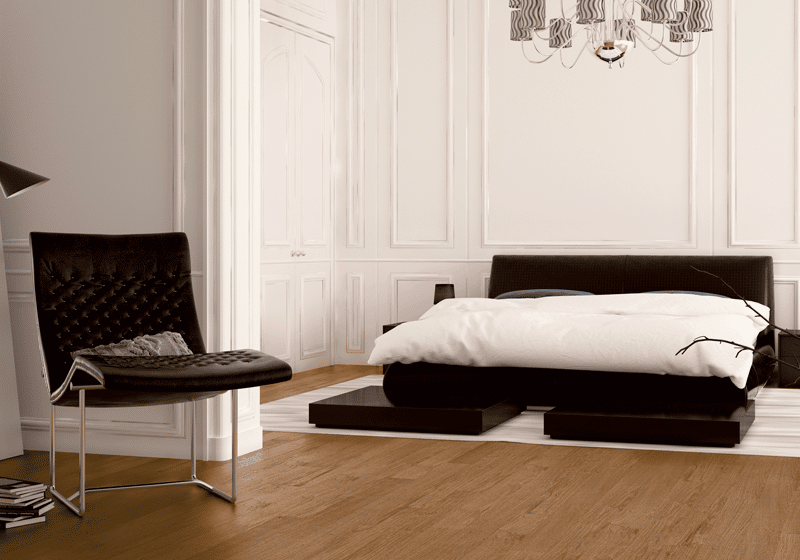Greener Than Ever
Mar 3, 2021
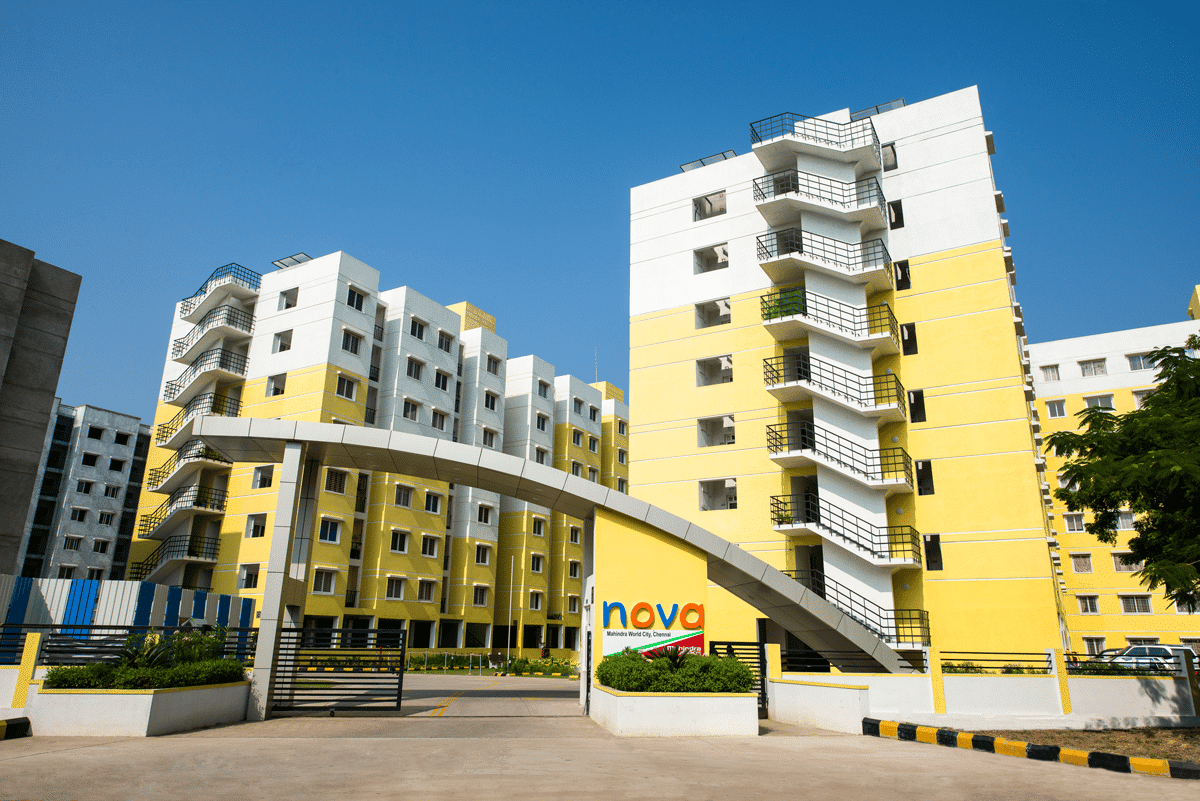
Vasudevan Suresh (VS) shares insights with your author (YP) on sustainable-development-related initiatives and their implications for real estate and infrastructure projects, as well as vertical-transportation-related aspects.
YP: Following the recent tie-up between the Confederation of Indian Industry (CII) and the Indian Green Building Council (IGBC), do you see a greater thrust on ‘Green’ buildings and ‘Green’ aspects among the developer fraternity at a macro level? What will be the key drivers facilitating this objective?
VS: IGBC was formed by CII in 2001. IGBC is headquartered at the CII Green Business Centre in Hyderabad. This was the first Platinum-rated green building in the country. This building has worldwide recognition and is also a net-zero-energy building. Today, 6,222 projects from across the country, equivalent to 7.71 billion ft2, are registered under various IGBC ratings for green building certification. Green projects rated by IGBC fall under (in ascending order) Certified, Silver, Gold and Platinum.

About Vasudevan Suresh
Vasudevan Suresh is chairman and a senior fellow of the Indian Green Building Council. A civil engineer who graduated from Anna University’s College of Engineering in Chennai, he has 54 years’ experience in housing, infrastructure and rural and urban projects. He is a fellow of the Institution of Engineers (India), the Indian Plumbing Association and the Royal Institution of Chartered Surveyors. He is an honorable fellow of the Indian Institute of Architects, the Institution of Public Health Engineers-India and the Institution of Fire Engineers (India).
IGBC has signed memorandums of understanding with various developer associations such as CREDAI, BAI and NAREDCO to work together for the design, construction and certification of green residential and commercial projects. More than 1,200 developers from around 300 cities and towns in India have espoused faith in IGBC green ratings, primarily for the following reasons:
- IGBC is a founding member of the World Green Building Council, the nodal association of country councils from across the globe. IGBC-rated projects have been recognized at various international forums.
- IGBC believes each building type is unique by itself. IGBC has developed 28 green rating systems covering different types of the built environment.
- IGBC holds guides and visits project teams’ sites at various stages of design and implementation.
- IGBC-rated projects have been incentivized by the central and various state governments, with additional FAR, faster clearances, etc.
- Promoters and buyers of IGBC green-rated projects have been major recipients of subsidized loans disbursed by the National Housing Bank through various financial institutes.
- IGBC continues to maintain a relationship with certified green projects by requesting them for voluntary submission of performance data to assess design versus operational performance and identify corrective measures, if required; publishing projects’ green features in social media; holding project awards; training and quizzing facilities-management teams; working a public-relations team to inspire marketing content to effectively communicate green benefits to the target audience; etc.
YP: With COVID-19 increasing the emphasis on healthier living and working spaces, do you see a greater demand for green buildings going forward?
VS:There is now overwhelming evidence that suggests the way a building is designed and operated can affect the health and wellbeing of its occupants. According to the World Health Organization, lung and respiratory diseases associated with poor indoor environment quality are three of the top-five leading causes of human mortality. Green building features, such as improved lighting, better air quality, ventilation and greenery, have been proven to positively impact health and well-being. This agenda has gained momentum, especially over the last few months, since the spread of COVID-19.
Green buildings are good for the environment and support healthier, happier and more productive lives. The occupants perceive the built environment through their five senses — smell, taste, sight, touch and sound. The five elements of nature — earth, water, fire, air and ether, which make up the built environment — affect physical, emotional, intellectual and social well-being of the occupants through their senses. Health and physical well-being of the occupants can be enhanced by improving the features of the built environment.
IGBC released the Health & Well-being (H&WB) Rating in 2017. When compared to previous years, this rating saw a multifold increase in the number of projects in 2020. We expect this trend to continue. The H&WB Rating has become even more relevant amidst the pandemic. The rating framework enables organizations to address aspects such as indoor air quality, water quality, hygiene parameters, healthy food choices and lifestyle. The objective of this rating is to facilitate the incorporation of people-centric measures for enhancing the health and well-being of occupants in buildings.
YP: Looking at the current pandemic situation and beyond, which are the aspects and benefits of green buildings that make them a preferred category?
VS: Healthy and green living practices and measurement techniques in the built environment can help improve quality of life by addressing awareness of the importance of fitness, nutritional choices, indoor air quality, water quality and consumption requirements, along with their impacts. They can also reduce health hazards and related diseases, such as chronic respiratory diseases, visual and hearing impairments, cardiovascular diseases, chronic respiratory diseases, bone and joint disorders, etc.
Furthermore, the IGBC building ratings can also result in the following potential multifold benefits, such as:
- A 30-40% reduction in energy cost and 20-30% reduction in water requirements over baselines
- Use of materials that are non-toxic
- Better acoustics and ergonomics
- Improved visual comfort, thermal comfort and olfactory comfort
- Improved hygiene and sanitation through better waste management
- Reduction in medical expenditures and absenteeism
- Increased productivity
As we recover from this pandemic, green and healthy buildings should continue to be preferred even more by owners, investors, tenants and workers for the above reasons.
YP: Do you see concepts like social distancing and a limited number of people using an elevator during each trip influencing the number of elevators or their capacity going forward?
VS: As people adopt the idea of social distancing and take precautions to maintain a safe distance from each other, there is definitely a sense of uneasiness when they find themselves among a large crowd in tightly packed spaces. Unlike earlier, passengers are now willing to wait for the next trip on the elevator if they find it excessively occupied.
As part of social distancing and for safety, we find offices, malls, retail spaces and other commercial establishments clearly chalking out plans to reduce the number of passengers traveling together in an elevator. Facility-management teams have gone to such lengths as creating markings on the elevator floor and placing detailed instructions near the elevator entrance to inform the occupants on the protocols for use. In pre-COVID times, the capacity of an elevator was determined by the total weight it could carry. However, in the new normal, I wouldn’t be surprised to see capacity being determined by social distancing.
Green buildings have also popularized the concepts of active design, encouraging occupants to use the staircase where possible, which also improves their physical wellbeing. You find staircases being designed innovatively (sometimes mentioning the number of calories burned with each step climbed) to encourage people to use them more often.
YP: Could concepts like “touchless access” for buildings and elevators unofficially become the norm in new construction?
VS: Designing for a touch-free experience was encouraged by green buildings even before the pandemic. Green and healthy buildings have been adopting automatic and sensor-based solutions at access points at main entrances and at the entrances for washrooms and other occupied spaces within a building.
The pandemic has just reiterated the importance of adopting stringent safety, health and hygiene practices. Automatic/ sensor-based solutions play an important role in facilitating this. We see strong demand for such systems post-COVID-19 as part of the new normal.
YP: Do you see a greater scope for retrofitting existing buildings and making them green as a lesson learned from the pandemic?
VS:Like it or not, humans have become primarily an indoor species, so buildings have a major impact on our health. People have become more conscious about cleaner air and water, and better waste management due to COVID-19. There is greater awareness now regarding retrofitting heating, ventilation and air-conditioning equipment; water; and plumbing fixtures; etc., keeping indoor air quality and hygiene at the forefront. So, COVID-19 has raised the stakes, and the green building movement is gaining greater momentum.
IGBC has fully seized on the importance of addressing COVID-19-related aspects in all types of new and existing buildings. IGBC encourages all key stakeholders, including architects, developers, builders, owners, facility managers and occupants of green buildings, to incorporate and practice suitable measures to address the spread of COVID-19. In this regard, IGBC has developed “Guidelines for Combating COVID-19 in Green Buildings.” This document includes inputs and support from experts and key stakeholders from across the country. IGBC has also developed “Guidelines for Fast Track and Emergency Facilities for Treating COVID-19 Patients.”
Unlike earlier, passengers are now willing to wait for the next trip on the elevator if they find it excessively occupied.
YP:To what extent can new/refurbished infrastructure projects like metros and railway stations be made green? How can this be achieved?
VS: The need of the hour is to promote low-carbon transportation in India. Opportunities exist to make India’s transportation growth more sustainable by aligning the development and climate agendas. India’s National Action Plan on Climate Change recognizes that greenhouse gas emissions from transportation can be reduced by adopting a sustainable approach through a combination of measures like increased use of public transportation, higher penetration of biofuels, enhanced energy efficiency of vehicles, etc.
The IGBC Green Mass Rapid Transit System (MRTS) Rating is a comprehensive rating for metro rail projects developed in 2014 with the support of key stakeholders from the Ministry of Urban Development, metro rail authorities, general consultants, contractors, technology providers, metro rail operators and green building consultants. The rating addresses the most important national priorities, which include water conservation, waste management, energy efficiency, reduced use of fossil fuels and lesser dependence on virgin materials. The overarching principle of the rating is to enhance the commuter experience and ensure metro projects be operated as green from day one and sustain the performance in the long run.
As of November 2020, close to 600 metro rail stations from Delhi Metro, Chennai Metro, Hyderabad Metro, Uttar Pradesh Metro, Kochi Metro, Noida Metro, Maha Metro, Bangalore Metro, Kolkata Metro, the Mumbai Metropolitan Region Development Authority and the Mumbai Metro Rail Corporation Ltd. have adopted the IGBC Green MRTS Rating.
IGBC also has its Green Railway Stations Rating, which is supported by the Environment Management Directorate of Indian Railways. Its overarching objective is to ensure environmental sustainability, while enhancing the commuter experience. So far, more than 30 railway stations from various Indian Railways zones have adopted this rating. Now, there are numerous success stories of green railway stations demonstrating energy efficiency solutions, water management, green housekeeping and waste-management technologies.
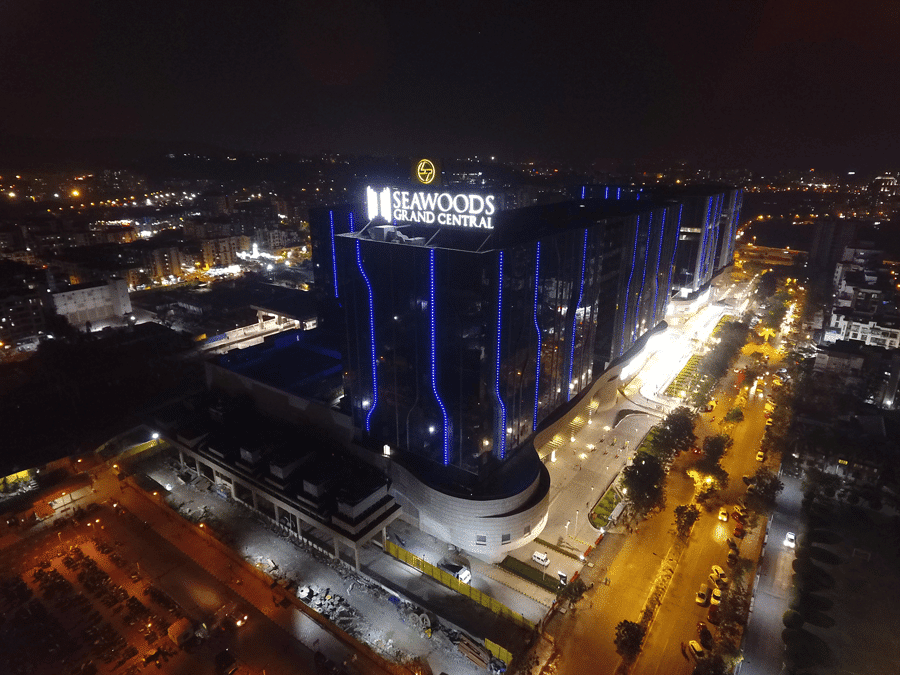
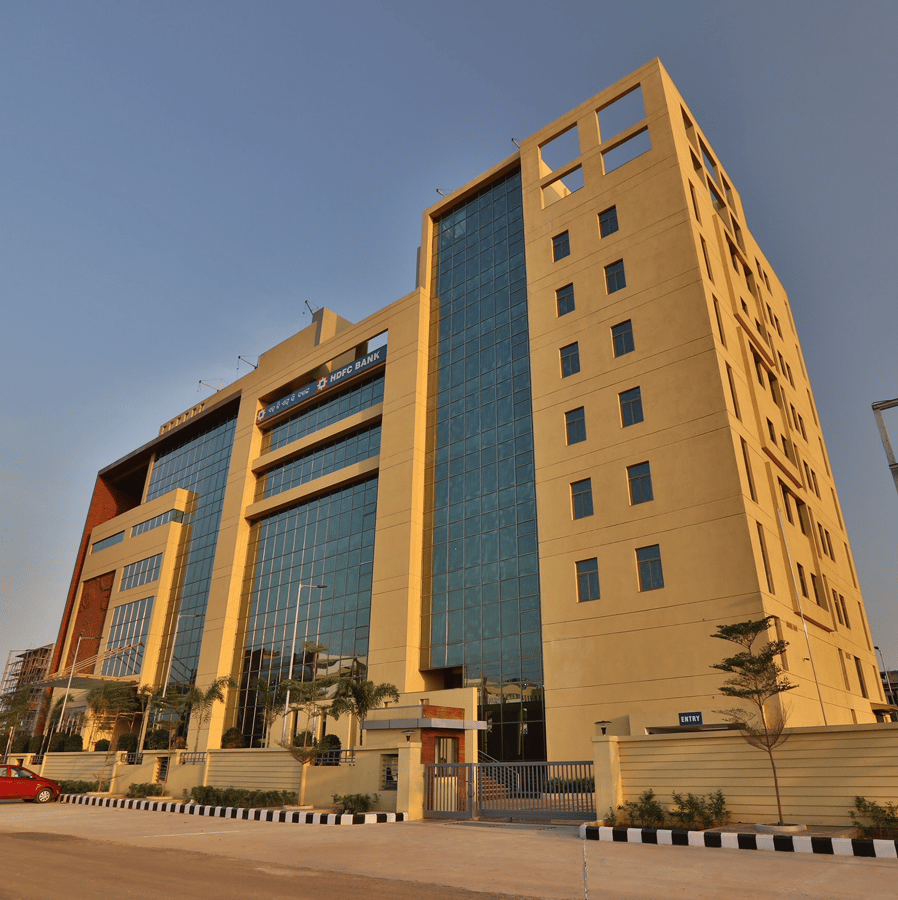

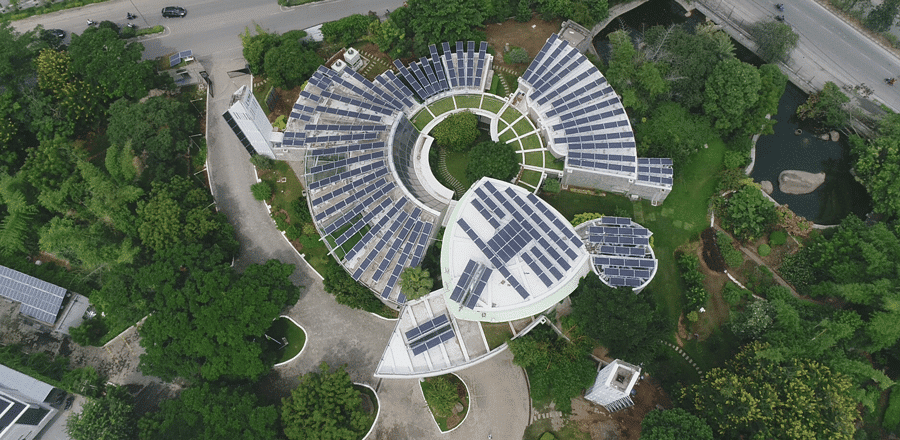
Get more of Elevator World. Sign up for our free e-newsletter.



